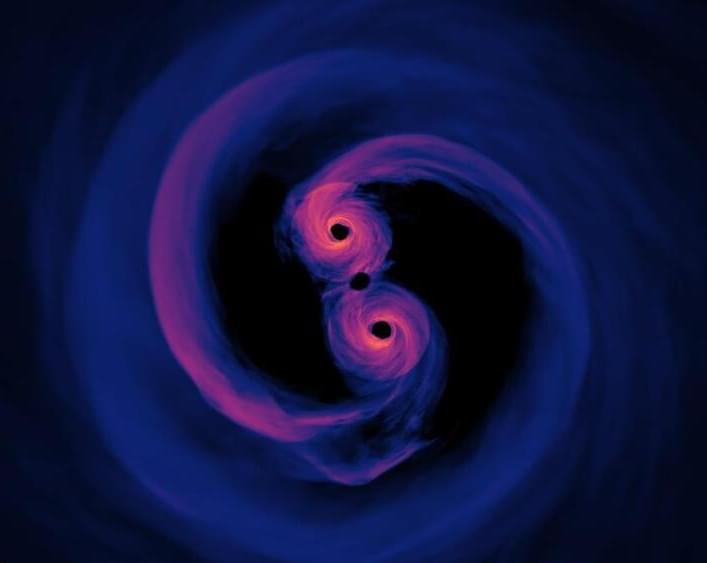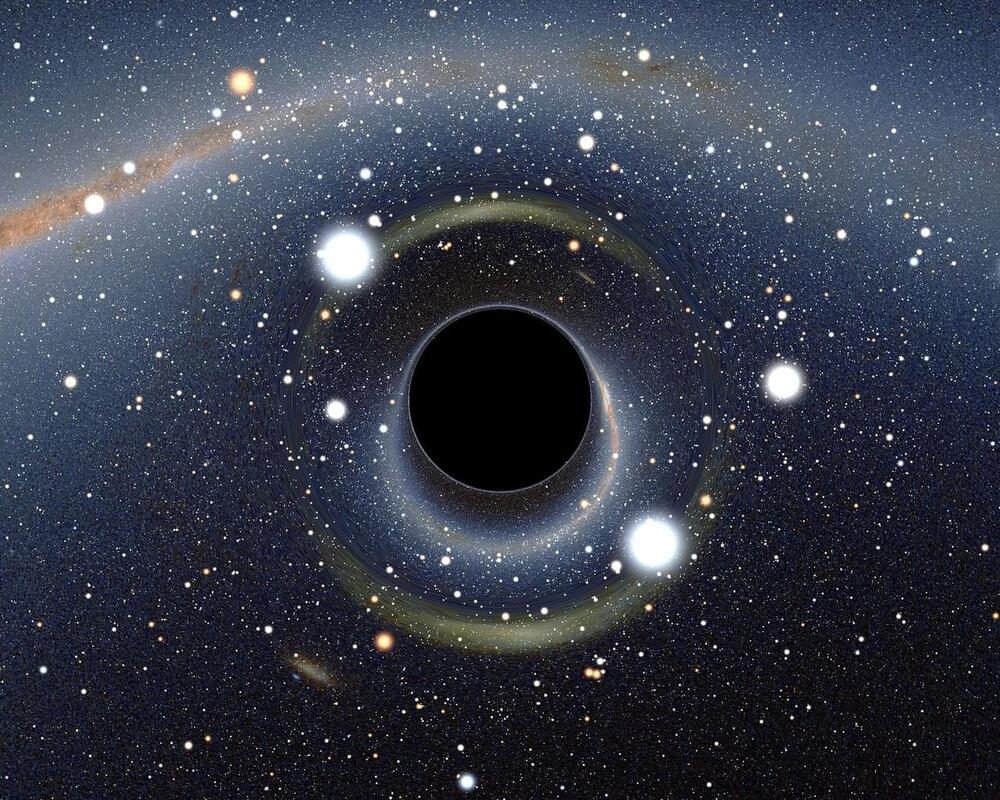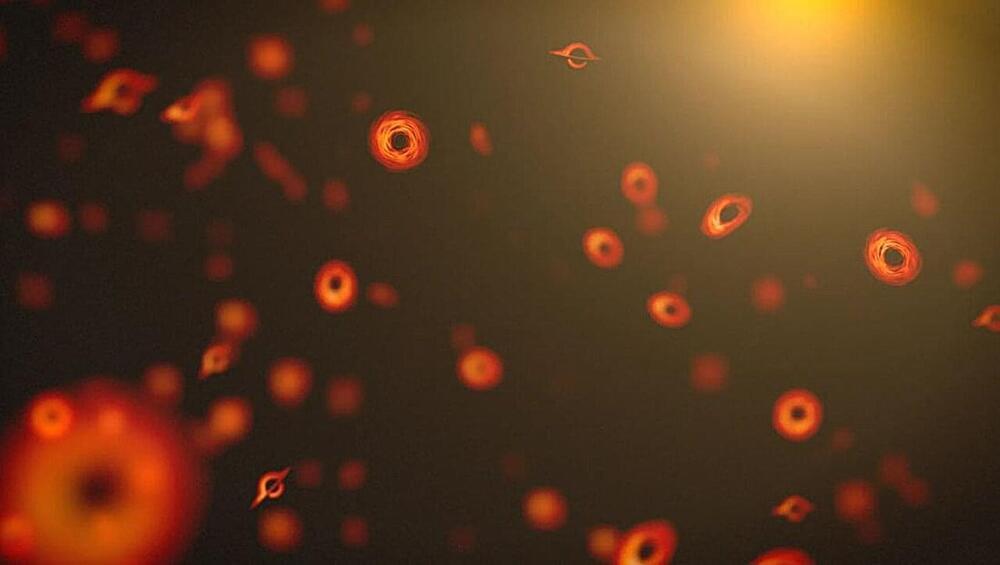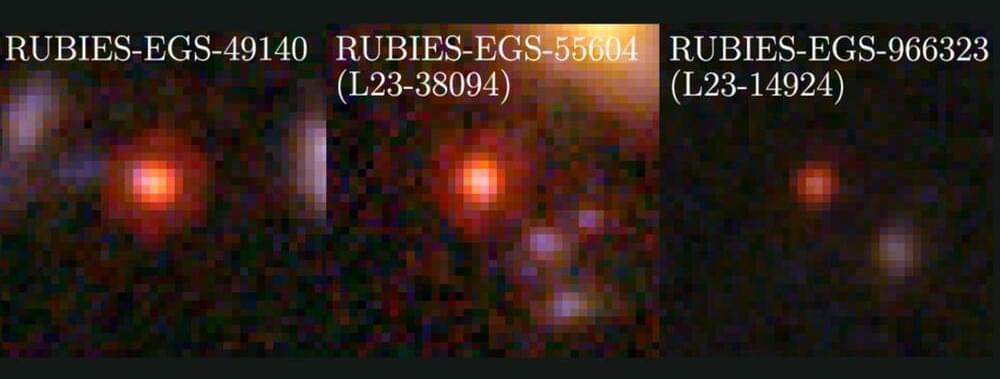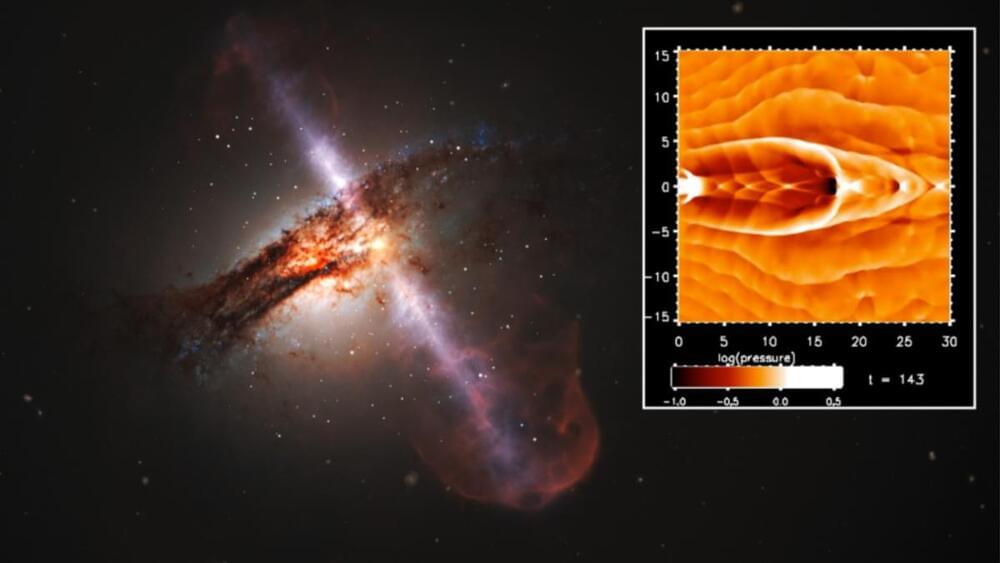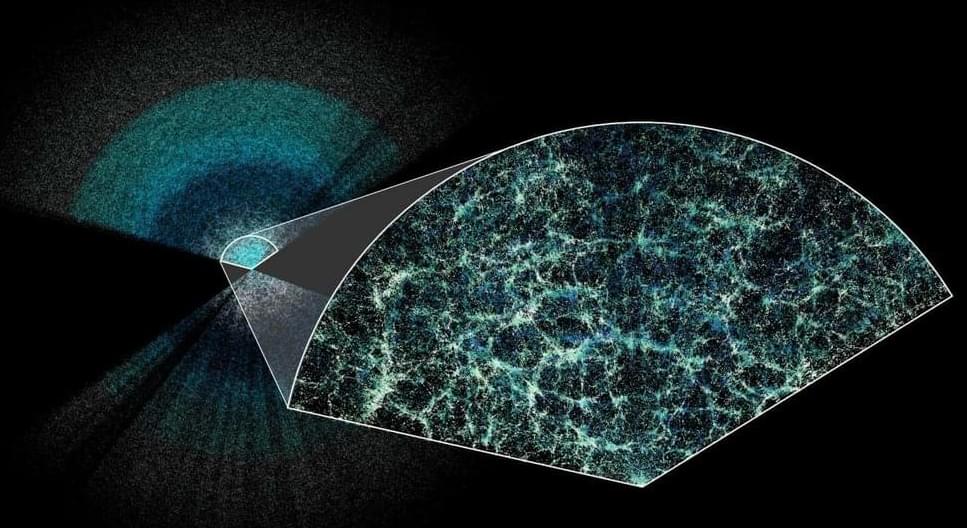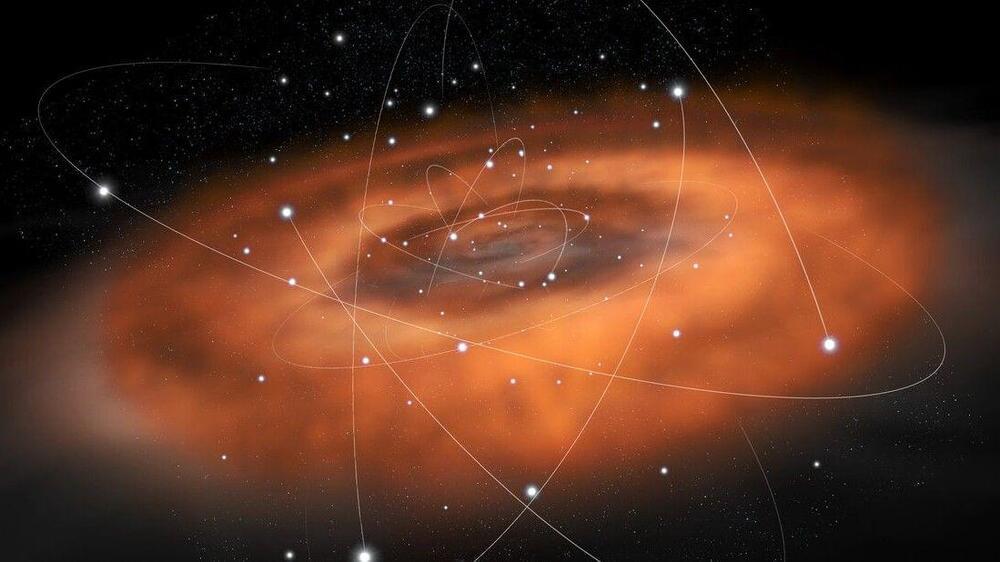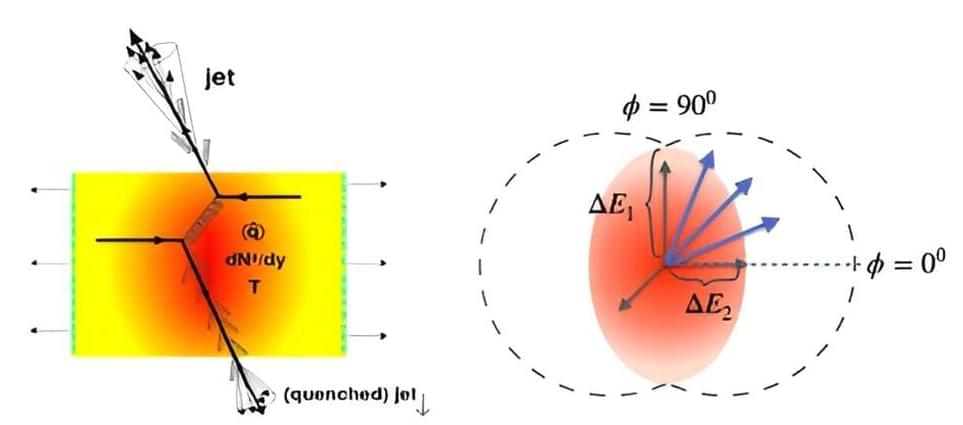Jul 25, 2024
New Quantum “Tornado” Experiments Challenge Our Understanding of Black Holes
Posted by Saúl Morales Rodriguéz in categories: climatology, cosmology, quantum physics
Researchers have created a quantum tornado in superfluid helium to simulate black hole conditions, advancing our understanding of black hole physics and the behavior of quantum fields in curved spacetimes, culminating in a unique art and science exhibition.
Scientists have, for the first time, created a giant quantum vortex in superfluid helium to mimic a black hole. This breakthrough has enabled them to observe in greater detail how analog black holes behave and interact with their surroundings.
Research led by the University of Nottingham, in collaboration with King’s College London and Newcastle University, has created a novel experimental platform: a quantum tornado. They have created a giant swirling vortex within superfluid helium that is chilled to the lowest possible temperatures. Through the observation of minute wave dynamics on the superfluid’s surface, the research team has shown that these quantum tornados mimic gravitational conditions near rotating black holes. The research has been published today in Nature.

